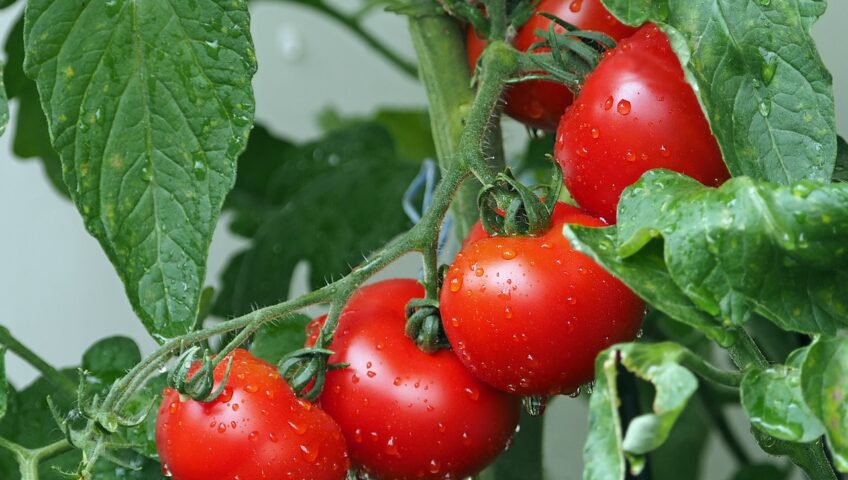Understanding the distinction between indeterminate and determinate plants is one of the key aspects of successful gardening. These terms, often associated with tomatoes but applicable to various crops, influence not only how plants grow but also your gardening approach and expectations. In this guide, let’s unravel the mystery behind indeterminate and determinate plants and explore their unique characteristics.
**Indeterminate Plants: The Perpetual Growers**
Indeterminate plants are like the eternal optimists of the garden. They continue to grow and produce fruit throughout the growing season until they face environmental challenges or frost. Tomatoes, particularly popular for their indeterminate varieties, showcase this continuous growth. These plants often have a vining or sprawling habit, requiring adequate support to accommodate their prolific nature.
*Gardening Tips:*
– Provide sturdy stakes or cages to support the ongoing growth of indeterminate plants.
– Regularly prune to manage size and encourage better air circulation.
– Expect a prolonged harvest period, offering a steady supply of fresh produce.
**Determinate Plants: The Compact Achievers**
On the other side of the spectrum, determinate plants are more restrained in their growth. They have a predetermined size and typically produce a concentrated set of fruit within a defined period. Determinate tomato varieties, for instance, often set fruit over a few weeks and then focus energy on ripening those fruits. These plants are generally more compact, making them suitable for smaller spaces.
*Gardening Tips:*
– Determinate plants may not require as much structural support as indeterminate ones.
– Ideal for gardeners seeking a more synchronized harvest, perfect for preserving or canning.
**Choosing the Right Type for Your Garden:**
1. **Space Considerations:**
– If you have limited space, determinate plants might be a practical choice due to their more compact nature.
2. **Harvest Preferences:**
– Indeterminate plants appeal to those who enjoy a continuous harvest throughout the season, while determinate plants suit those who prefer a more concentrated yield for preservation.
3. **Support Structures:**
– Consider the support structures you have available; indeterminate plants often benefit from staking or caging to manage their growth.
4. **Gardening Goals:**
– Your gardening goals, whether focused on fresh eating, preserving, or a bit of both, will influence the type of plant that best aligns with your vision.
In conclusion, the choice between indeterminate and determinate plants adds a layer of strategy to your gardening endeavors. By understanding the growth habits and characteristics of each type, you can tailor your garden to meet your preferences and maximize your harvest. Whether you opt for the perpetual growth of indeterminate varieties or the compact achievements of determinate plants, each type brings its own charm and potential to your garden. Happy gardening!

